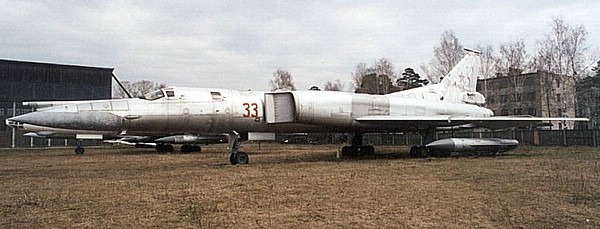
Dogfights
Dogfights have always attracted attention. Since the First World War, their participants have been considered heroes, stories have been written about nothing, and they have become idols of generations. However, the reality of air combat is much more prosaic. Whatever the motivation of the pilots to fight, there was always a winner on one side and a loser on the other in a crippled or burning plane falling to the ground. This series deals with the struggle from their beginning to the modern age, when the sky is steadily ruled by jet engines.

